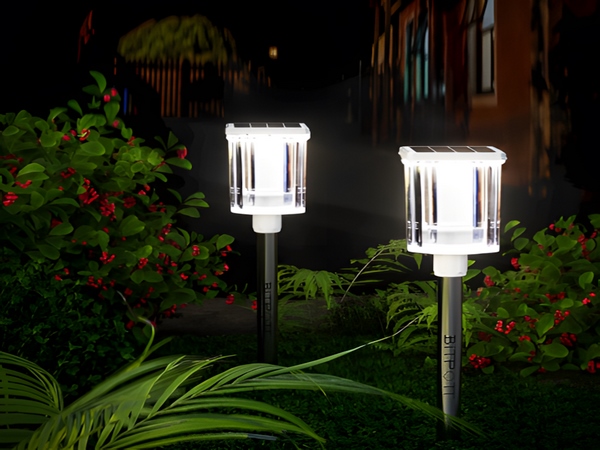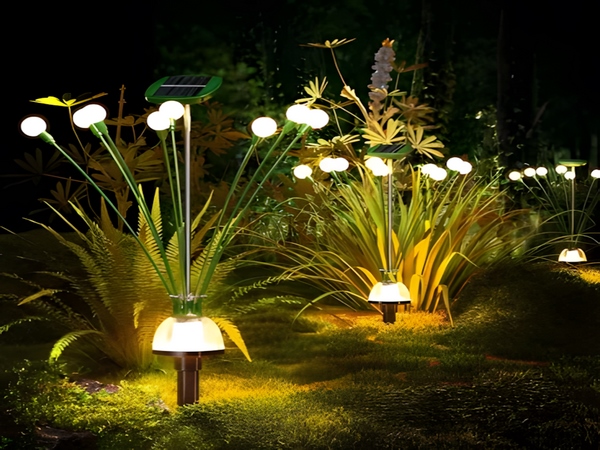
Low-carbon and environmentally friendly practices not only relate to production and daily life but also involve energy and public facilities, such as streetlights used for night public lighting. Solar streetlights convert solar energy into electrical energy, providing a long-lasting power supply without consuming coal or fuel, making them a recognized primary clean energy source. So what are the design specifications and standards for solar streetlight poles? Below is an introduction by Century Sunshine Lighting.
Design specifications and standards for solar streetlight poles:
1. Wall Thickness: The wall thickness of the pole refers to the thickness of the steel plate used in its manufacture, typically available in specifications of 2mm, 2.5mm, 2.75mm, 3mm, and 3.5mm.
2. Round and Pole Types: The conventional types of streetlight poles include round poles and conical poles. Round poles have the same diameter at both ends and are commonly used in short pole applications, while conical poles have different diameters at each end and are used for taller poles. Conical poles offer better mechanical strength and wind resistance than round poles.
3. Wind Resistance Level: The wind resistance level of the pole is directly related to its height and wall thickness. We can design according to different customer requirements to meet specific wind resistance needs.
4. Conventional poles are made from Q235 hot-rolled steel plates, welded and treated with hot-dip galvanization for improved corrosion and oxidation resistance. Further surface treatment through powder coating enhances these properties even more. Poles that undergo both hot-dip galvanization and powder coating can have a service life of over 10 years.

5. The wall thickness of solar streetlight poles should not be too thin, as excessively thin walls can result in uneven roundness during manufacturing, affecting the overall aesthetics and mechanical integrity of the pole. Conversely, if the wall thickness is too thick, the weight of the pole will increase, raising costs. Therefore, when selecting a pole, it is preferable to keep its weight as low as possible while meeting customer requirements.
6. The arm opening diameter is generally 48mm or 60mm, ensuring the smooth installation and reliable fixation of the light fixtures. If special dimensions are required for the arm, a transition sleeve must be added to facilitate proper installation.

7. When designing the wind resistance level of solar streetlight poles, it is essential to consider the pole’s upper and lower diameters, wall thickness, wind resistance strength, height, and material. Additionally, parameters such as arm length, solar panel size, panel angle, presence of a wind turbine, and fixture size must be known for a comprehensive wind resistance design to ensure customer satisfaction.
The above outlines the design specifications and standards for solar streetlight poles. We hope this article is helpful. If you have any other questions regarding solar streetlights, feel free to follow Century Sunshine or leave a message. We look forward to discussing with you!



